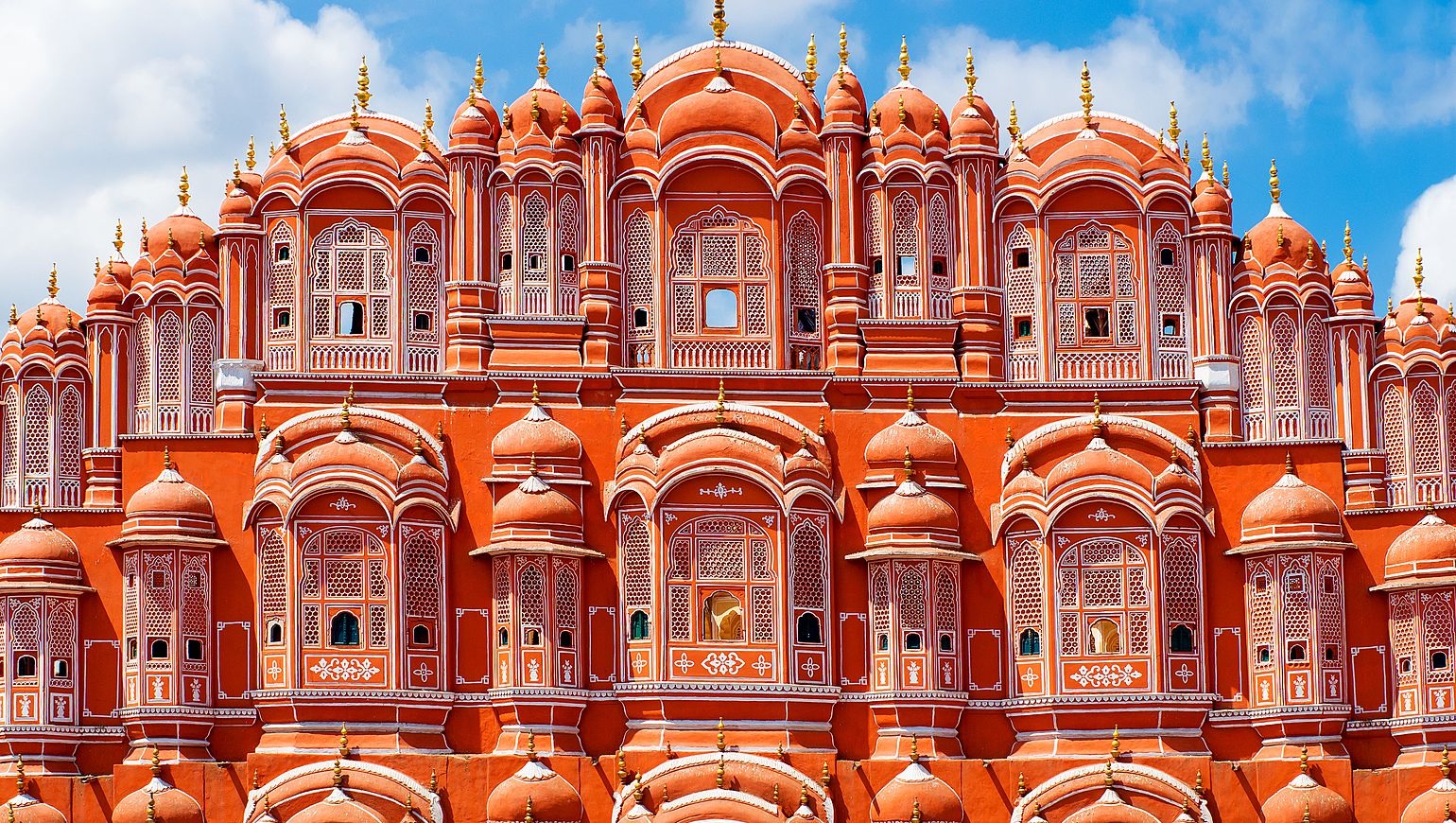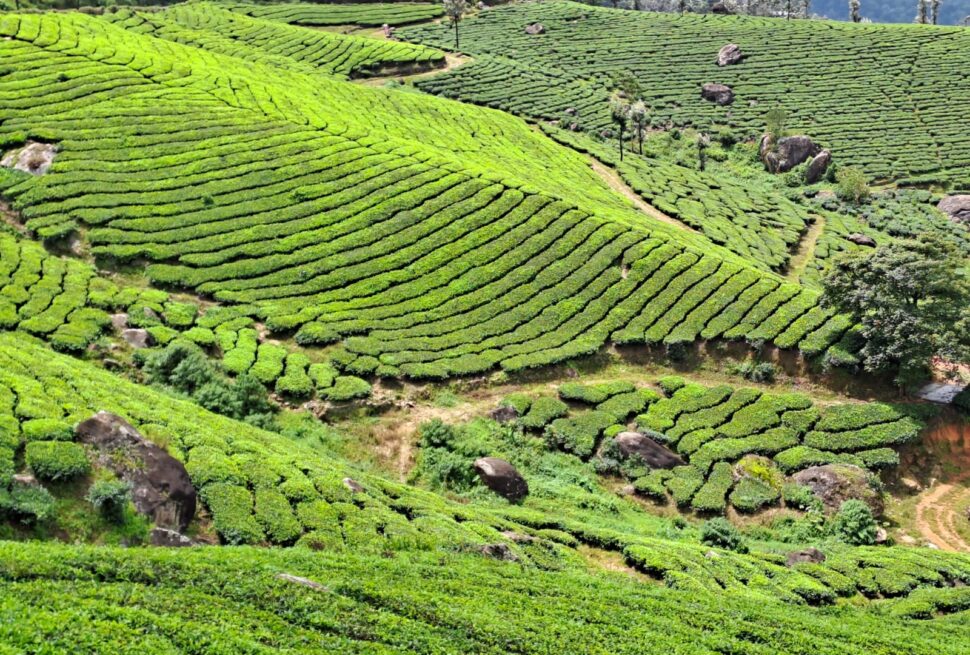
India Travel Guide: Everything You Need to Know Before You Travel
Nestled in the heart of Asia, the Republic of India is one of the largest, most populous and most impoverished countries in the world. Although its economy is one of the most dynamic on the planet, wealth is in the hands of a few. This makes a India Travel to the countryside a bargain, but it has also created an environment that does not generally attract many people, dominated by chaos, dirt, poverty, noise and pollution.
However, the country of the pacifist leader Mahatma Gandhi fascinates and attracts more and more travelers every year. On its 3,287,590 km² and its 28 states, there are many tourist attractions as large as the Taj Mahal, chosen as one of the new seven wonders of the world get more details from India Travel Guide.
Not to mention the magnificent forts of Rajasthan, the golden temples, the colorful cities, the heavenly beaches, the palaces covered in mirrors or tiny windows, the mausoleums that look like jewel boxes, an unusual open-air astronomical observatory and all the Hindu spirituality on the banks of the sacred river Ganges. Faced with such incredible attractions, you don’t even mind stepping in so much cow dung.
A Travel India can be good, bad, shocking, transformative and many other variations. What does not change is that it certainly requires good preparation so that the traveler knows what he will find there. So, find out everything you need to know before traveling to this part of the world on:
There are few details need to know by India Travel Guide:
VOLTAGE AND SOCKETS: 220 volts, with sockets with two parallel round holes (type C) and three holes, two small parallel holes at the base and a larger one in the middle and above (types D and M). European devices with the old configuration of two parallel round pins (also type C) do not need an adapter when the plugs are C or D, but when they are M, they do because the hole sizes are not compatible.
HOW TO GET THERE: There are direct flights from every country Europe to New Delhi, Mumbai, Kolkata, Chennai etc. or you will have to make a connection in a Middle Eastern city to get to the country of Gandhi. The journey time – which can involve several stops – varies between 21 and 30 hours. Of course, the quicker the more expensive the ticket. If you are travelling across the region and not just in India specifically, consider taking an itinerary that includes Nepal, just a two-hour flight from the Indian capital.
Other tourist neighbours that can offer a direct connection to India are Thailand, Malaysia, Turkey, the United Arab Emirates and even Egypt, where frequent direct flights via the excellent Egypt Air are offered.
CLIMATE: India is one of the countries hit by the monsoon, the typical rainy season in Southeast Asia, from June to September. Although they spread little by little and with different intensities depending on the different regions of the country, the rainfall usually affects the entire Indian territory in the month of July, with the northeast usually being the most affected place. And we don’t talk about a little rain for nothing. Monsoons are responsible for 80% of all the water that India receives from the sky each year. If you want to see the blue sky shining over the Taj Mahal, you know from India Travel Guide: between June and September.
Of course, it is a gigantic country and the climate can vary considerably from one region to another, but in general, the seasons are defined by the coming and going of the monsoon winds. Either it rains or it doesn’t rain. And the more it rains, the hotter it gets. It is worth noting that the northern region, where the capital is located, is much colder and subject to thermal variations than the southern region, where Mumbai is located. Between June and September – which, as we have already seen, is the flood season – temperatures vary from a minimum of 25°C to a maximum of 39°C in New Delhi, and from 24ºC to 30º in Mumbai.
From September to December, rainfall decreases, but the country’s coasts are subject to the arrival of cyclones. At this time of year, temperatures vary from a minimum of 8°C to a maximum of 35°C in New Delhi, and from 22ºC to 30º in Mumbai. The best time of year to India Travel is from January to March, when cool winds make the weather dry and not too hot. Thermometers vary from 7°C to 29°C in New Delhi; and from 16ºC to 32ºC in Mumbai. The cycle ends between April and May, when a strong warming announces the arrival of rains: from 21ºC to 39ºC in Delhi, and from 23ºC to 33º in Mumbai.
TIME DIFFERENCE: 3.5 hours ahead of UK or European time.
HOW LONG TO STAY: With the exception of Amritsar in the north and Mumbai in the south, India’s tourist cities are all concentrated in the heart of the country and around the capital. As a result, it’s fairly easy to put together an India travel itinerary that lasts just seven days and takes in some of the country’s best attractions.
If that’s the amount of travel time you can or want to have, the ideal is to visit the so-called Golden Triangle, which brings together three very close cities – New Delhi, Agra and Jaipur – and doesn’t require much time wasted travelling.
If you have a little more time – 10 days – you can also visit Varanasi – the city on the banks of the Ganges – and two gems of the Rajasthan region, home to some of India’s most beautiful forts and palaces: Jaipur and Udaipur. Anyone wishing to visit Amritsar – home of the famous Sikh “Golden Temple” – and Mumbai – the land of “Bollywood”, will need at least four more days of travel. Extending the circuit through Rajasthan, including Jodpur – the Blue City – and Jaisalmer – the Golden City, another four. A complete itinerary, including the Himalayan region and the beaches of the island of Goa, takes no less than 22 days.
CURRENCY: The Indian Rupee, one of the most devalued currencies in the world, with 1 US$ = 81.30 INR and 1 EUR = 93.90 INR (quotation in July 2024).
DOCUMENTS: There are only 31 countries in the world that require a prior visa for French or Canadian citizens to enter their borders, and India is one of them. The document can be requested electronically through the embassy website, is valid for 60 days from the date of arrival in India, costs EUR 80 and allows two entries into the country. The application must be made at least four days before the date of landing in India and a maximum of 30 days in advance.
The document must be presented at the time of immigration, accompanied by a passport valid for at least six months. You must also carry the international certificate of vaccination against yellow fever, your ticket to leave the country and a means of proving that you have money for the trip. You can check here how to get vaccinated against yellow fever and here how to get a tourist visa step by step.
For more about India Travel visit our another guide pages like India Travel Guide, Delhi Travel Guide
This is our detailed post for India Travel Guide by Delighted Journey




